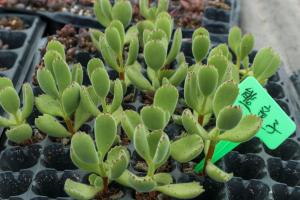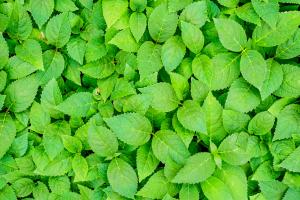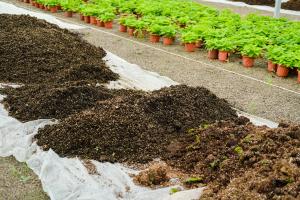1、 Cutting time
There are two kinds of Ginkgo cutting, one is hard branch cutting and the other is tender branch cutting. Hardwood cutting is generally carried out in spring. This kind of branches are usually cut in late autumn and early winter. After treatment, they are stored outdoors. They are usually mixed in sand and taken out for use in spring. Softwood cutting should be carried out in July. The warm climate is more conducive to its rooting, and it is easy to be frostbitten if it is too cold
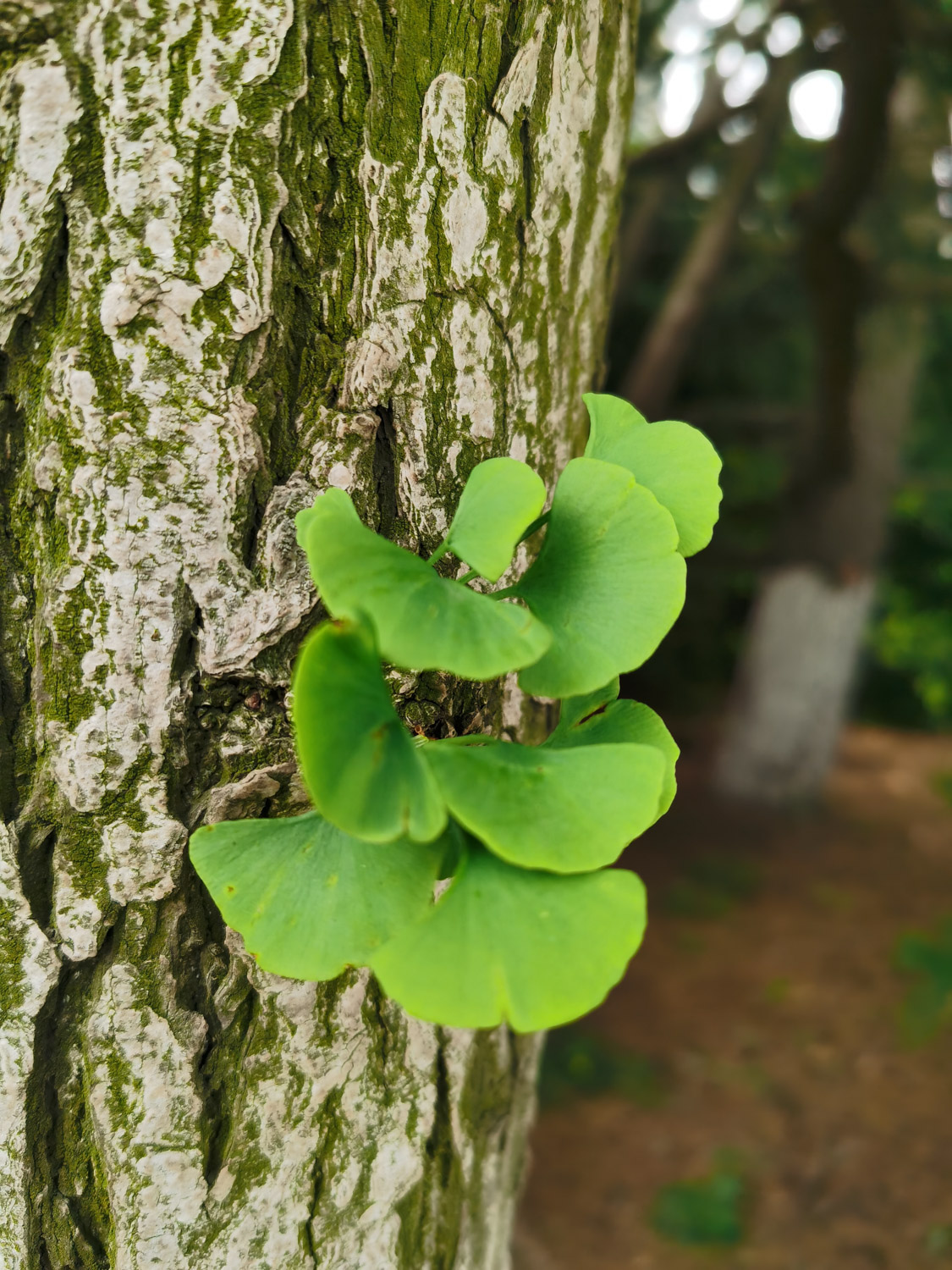
2、 Cuttings selection
The cuttings of hardwood cuttings generally use the current year branches of young trees. If it is a big tree, the current year branches at the middle and lower parts should be used. The branches are too old or too thick, which are not conducive to rooting. Generally, it should be cut into 25-30 cm long, tied together with 50 roots, and soaked in rooting powder solution at the bottom. The twigs should be semi lignified branches born in the same year, with 2-3 buds on the top, and the bottom also needs to be soaked in rooting water
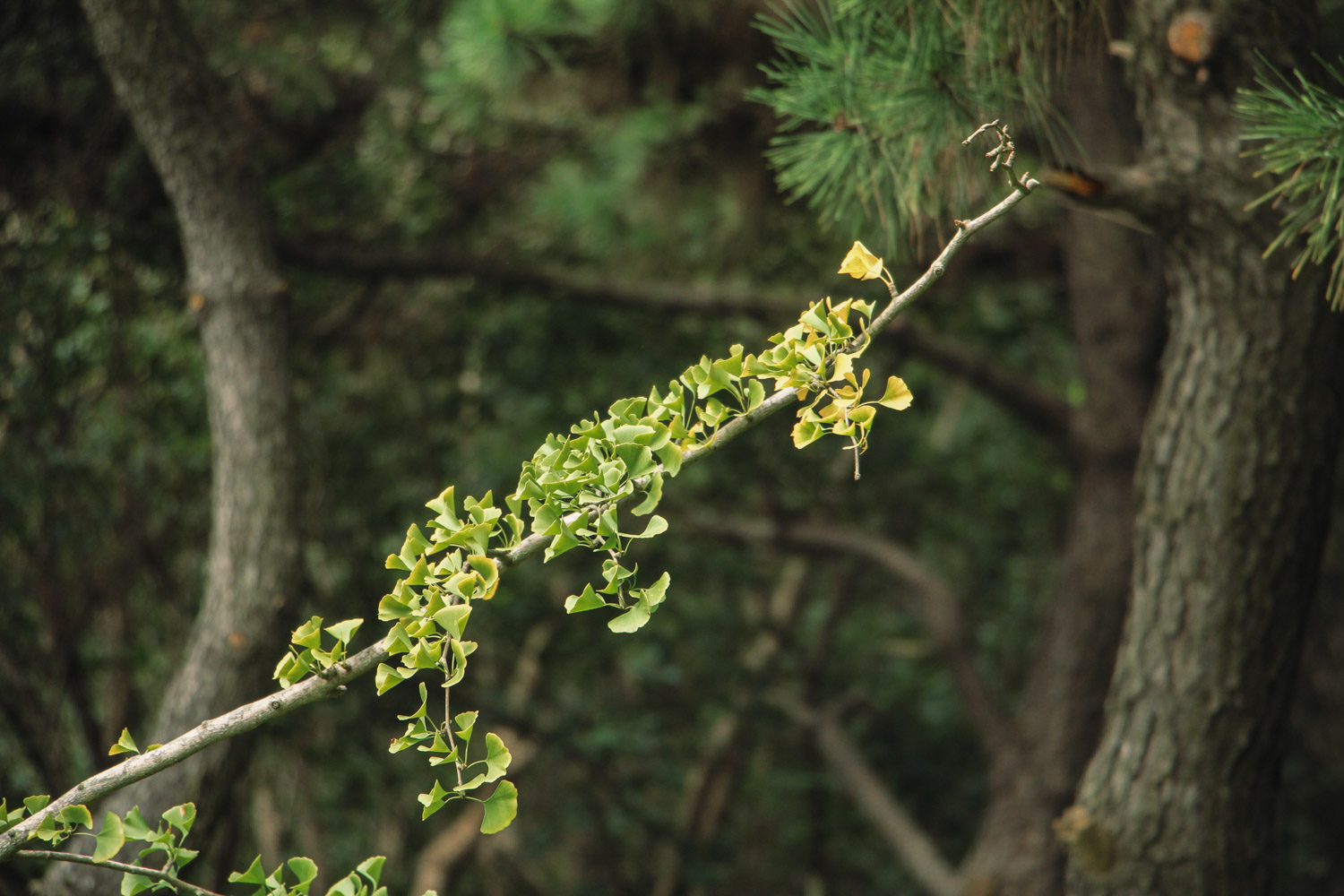
3、 Cutting
Before cutting, the substrate needs to be prepared. Generally, sandy soil is used as the seedbed, which is conducive to the growth of new roots. The soil shall be disinfected before use to avoid infection of cuttings. Insert the cuttings into the soil to a depth of one-third or one-half. For large-scale cutting, it is generally necessary to maintain a row spacing of 25 cm and a plant spacing of 15 cm
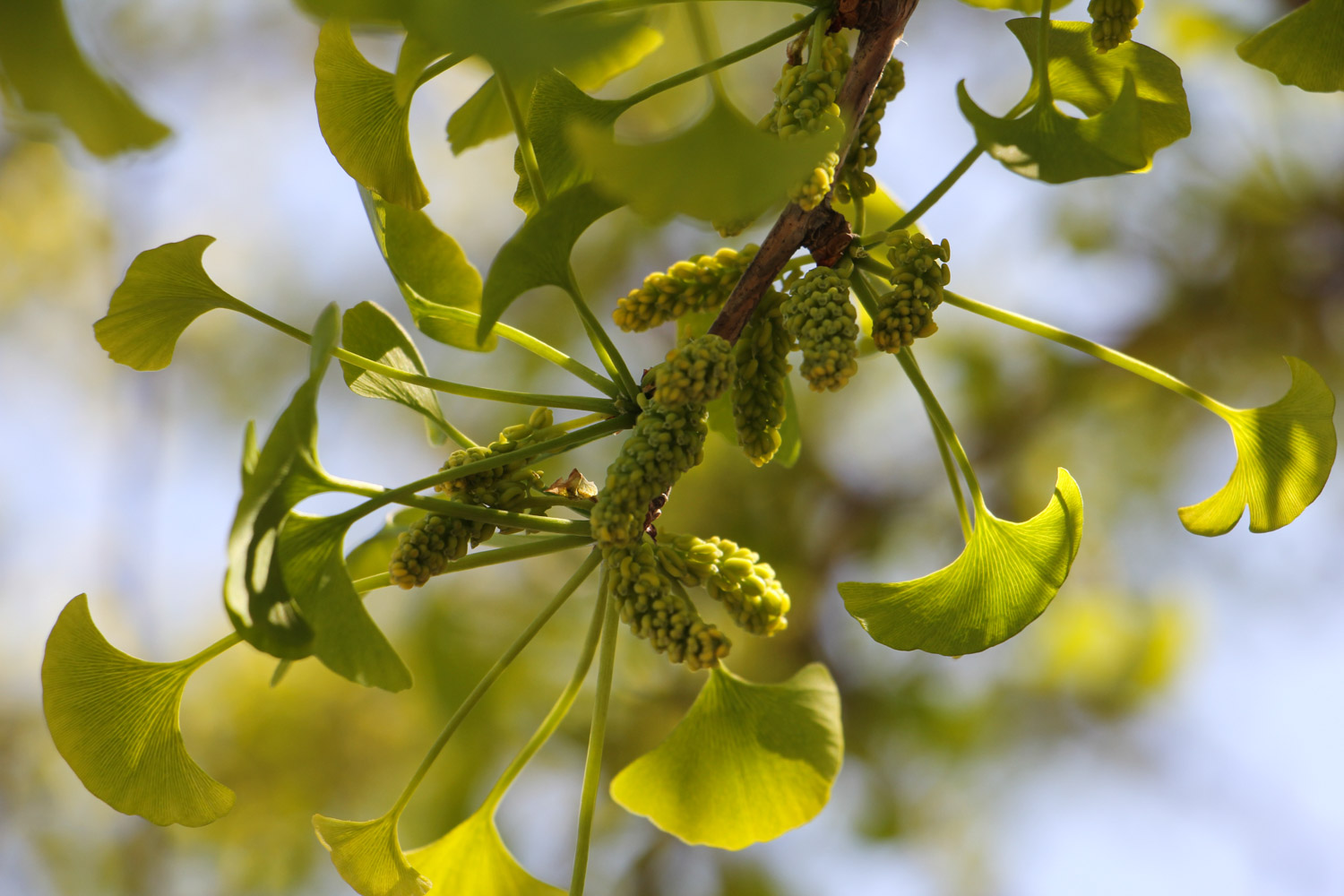
4、 Subsequent maintenance
After cutting, you should pay attention to shading, especially softwood cutting. Due to the strong light in July, if it is not shaded, the water evaporates quickly, which is not conducive to its rooting. In addition, it is necessary to keep the air moist, which can also reduce the loss of water. After it takes root, it can be transplanted to other places. When transplanting, the root should carry soil balls

 how many times do yo...
how many times do yo... how many planted tre...
how many planted tre... how many pine trees ...
how many pine trees ... how many pecan trees...
how many pecan trees... how many plants comp...
how many plants comp... how many plants can ...
how many plants can ... how many plants and ...
how many plants and ... how many pepper plan...
how many pepper plan...

